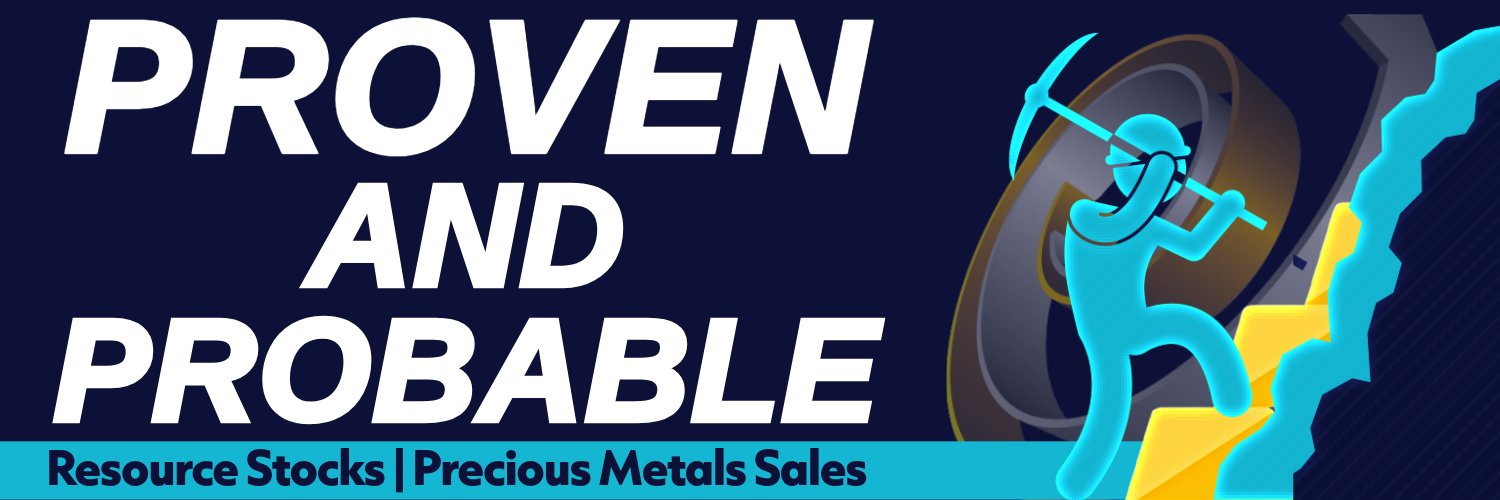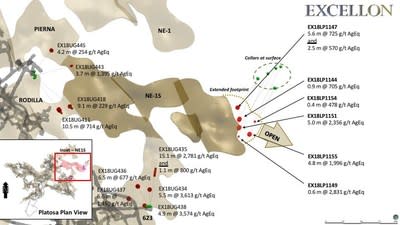SANTA PAULA, Calif.–(BUSINESS WIRE)–
-Expected to be Accretive for Fiscal 2019-
-Expands Company’s Lemon Holdings by 1,200 Acres-
-Further Enhances the Company’s One World of Citrus™ Initiative-
Limoneira Company (the “Company” or “Limoneira”) (LMNR), a diversified citrus growing, packing, selling and marketing company with related agribusiness activities and real estate development operations, announced today that it has entered into an agreement with FGF Trapani (“FGF”), a multi-generational, family owned citrus operation in Argentina. Beginning in 1937 with Ignacio Trapani, Ricardo Trapani (3rd generation) and his sons, Fabricio, Gabriel, and Franco (4th generation) have grown FGF into an enterprise of over 3,200 acres of lemons and oranges in the Provinces of Salta, Jujuy and Tucuman as well as owning and operating a juice processing facility in the Province of Tucuman.
As part of the agreement, Limoneira will create a subsidiary in Argentina under the name Limoneira Argentina S.A.U. (“Limoneira Argentina”) and will acquire 25% of the parcels of Finca Santa Clara, approximately 1,200 acres of planted lemons, upfront with an additional 25% to be acquired over a three-year period. Limoneira Argentina and FGF’s agreement will operate under the name Trapani Fresh, with Limoneira Argentina as the managing partner and responsible for all fresh fruit sales, holding a 51% interest and FGF holding a 49% interest. The agreement is expected to close in the middle of March 2019. FGF Trapani will maintain 100% ownership and control of the juice processing facilities and operations.
Alex Teague, Senior Vice President, stated, “It’s very exciting for us to expand our global footprint into Argentina and thereby strengthen our ability to become a 365-day, 24/7 global supplier of fresh citrus to our valued customers around the world. This joint venture fits in nicely with our One World of Citrus™ initiative and we are looking forward to welcoming FGF’s family owned business to the Limoneira team. This relationship will provide Limoneira with access to new markets and distribution networks, increase production and technical capacity and also reduce impact on operating results.”
Harold Edwards, President and Chief Executive Officer, added, “We are excited to add FGF’s rich supply of citrus to our global production and increase our competitive position. Our two companies have a long history with a combined 205 years in the business and this joint venture is bringing together years of industry knowledge and expertise. We expect the deal to be accretive in fiscal year 2019 and we will provide more information on our first quarter call in early March.”
About Limoneira Company
Limoneira Company, a 125-year-old international agribusiness headquartered in Santa Paula, California, has grown to become one of the premier integrated agribusinesses in the world. Limoneira (pronounced lē mon΄âra) is a dedicated sustainability company with 14,500 acres of rich agricultural lands, real estate properties, and water rights in California, Arizona, and Chile. The Company is a leading producer of lemons, avocados, oranges, specialty citrus and other crops that are enjoyed throughout the world. For more about Limoneira Company, visit www.limoneira.com.
Forward-Looking Statements
This press release contains forward-looking statements, including guidance for fiscal year 2018 and 2019, within the meaning of Section 27A of the Securities Act of 1933, as amended, and Section 21E of the Securities Exchange Act of 1934, as amended. These forward-looking statements are based on Limoneira’s current expectations about future events and can be identified by terms such as “expect,” “may,” “anticipate,” “intend,” “should be,” “will be,” “is likely to,” “strive to,” and similar expressions referring to future periods.
Limoneira believes the expectations reflected in the forward-looking statements are reasonable but cannot guarantee future results, level of activity, performance or achievements. Actual results may differ materially from those expressed or implied in the forward-looking statements. Therefore, Limoneira cautions you against relying on any of these forward-looking statements. Factors which may cause future outcomes to differ materially from those foreseen in forward-looking statements include, but are not limited to: changes in laws, regulations, rules, quotas, tariffs and import laws; weather conditions that affect production, transportation, storage, import and export of fresh product; increased pressure from crop disease, insects and other pests; disruption of water supplies or changes in water allocations; pricing and supply of raw materials and products; market responses to industry volume pressures; pricing and supply of energy; changes in interest and currency exchange rates; availability of financing for land development activities; political changes and economic crises; international conflict; acts of terrorism; labor disruptions, strikes or work stoppages; loss of important intellectual property rights; inability to pay debt obligations; inability to engage in certain transactions due to restrictive covenants in debt instruments; government restrictions on land use; and market and pricing risks due to concentrated ownership of stock. Other risks and uncertainties include those that are described in Limoneira’s SEC filings which are available on the SEC’s website at http://www.sec.gov. Limoneira undertakes no obligation to subsequently update or revise the forward-looking statements made in this press release, except as required by law.
View source version on businesswire.com: https://www.businesswire.com/news/home/20190204005399/en/














